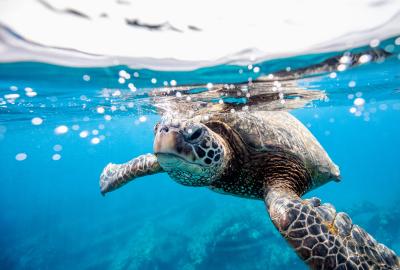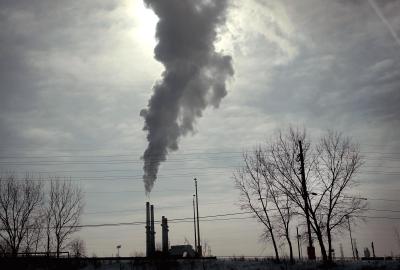Celebrating the fishers adapting in the face of a changing climate
In recent decades, the human appetite for wild fish has far outpaced what the world’s waters can reproduce.
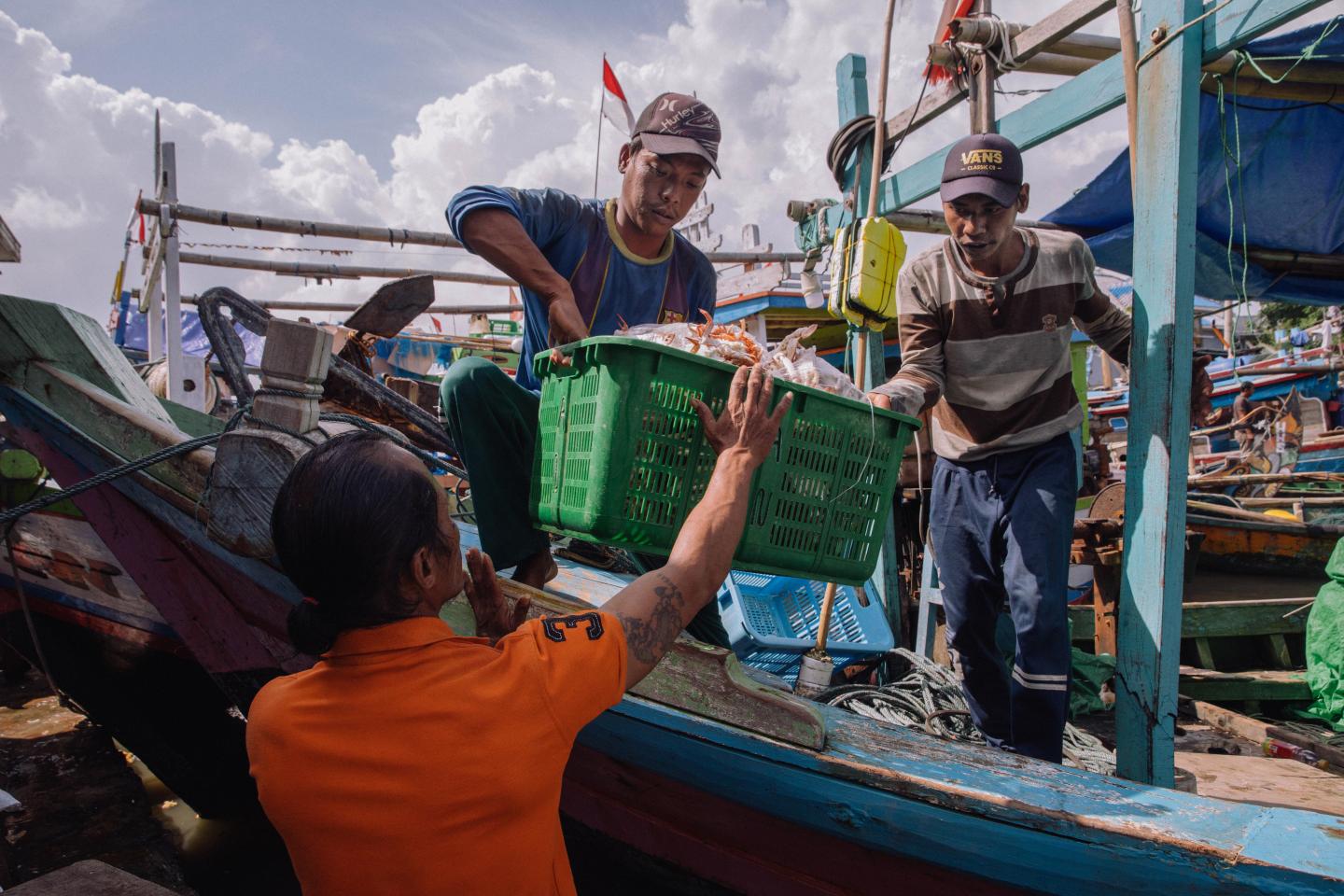
A combination of destructive fishing practices, pollution, climate change and coastal development is further degrading already-stressed ocean ecosystems and reducing catches.
Many of the estimated 800 million people who depend on marine foods for their livelihoods are seeing their incomes plummet. Declining fisheries also affect food security for the estimated 1 billion people who rely on seafood as their primary source of protein, and the many more who depend on it as a key source of essential nutrients such as omega 3, calcium and iron.
Yet in many parts of the world, fishing communities are thriving, adapting and fighting back. Here, we celebrate some of their efforts.
Chile, Ecuador, Peru: Reading the currents
The Humboldt Current, off the west coast of South America, is one of the world’s most productive ocean ecosystems, providing more than 10% of fish caught globally. But warming seas and other climate impacts are causing fish to move, in some cases out of range of small-scale fishers. In a first-of-its-kind collaboration, Environmental Defense Fund is helping Chile, Peru and Ecuador share data about changing ocean conditions.
A new coastal ocean observing system collects data and observations each day and provides early warnings of ecosystem changes that could affect key marine industries. The three nations are using the system to adapt how they manage fish stocks, protecting marine and coastal ecosystems and safeguarding livelihoods.
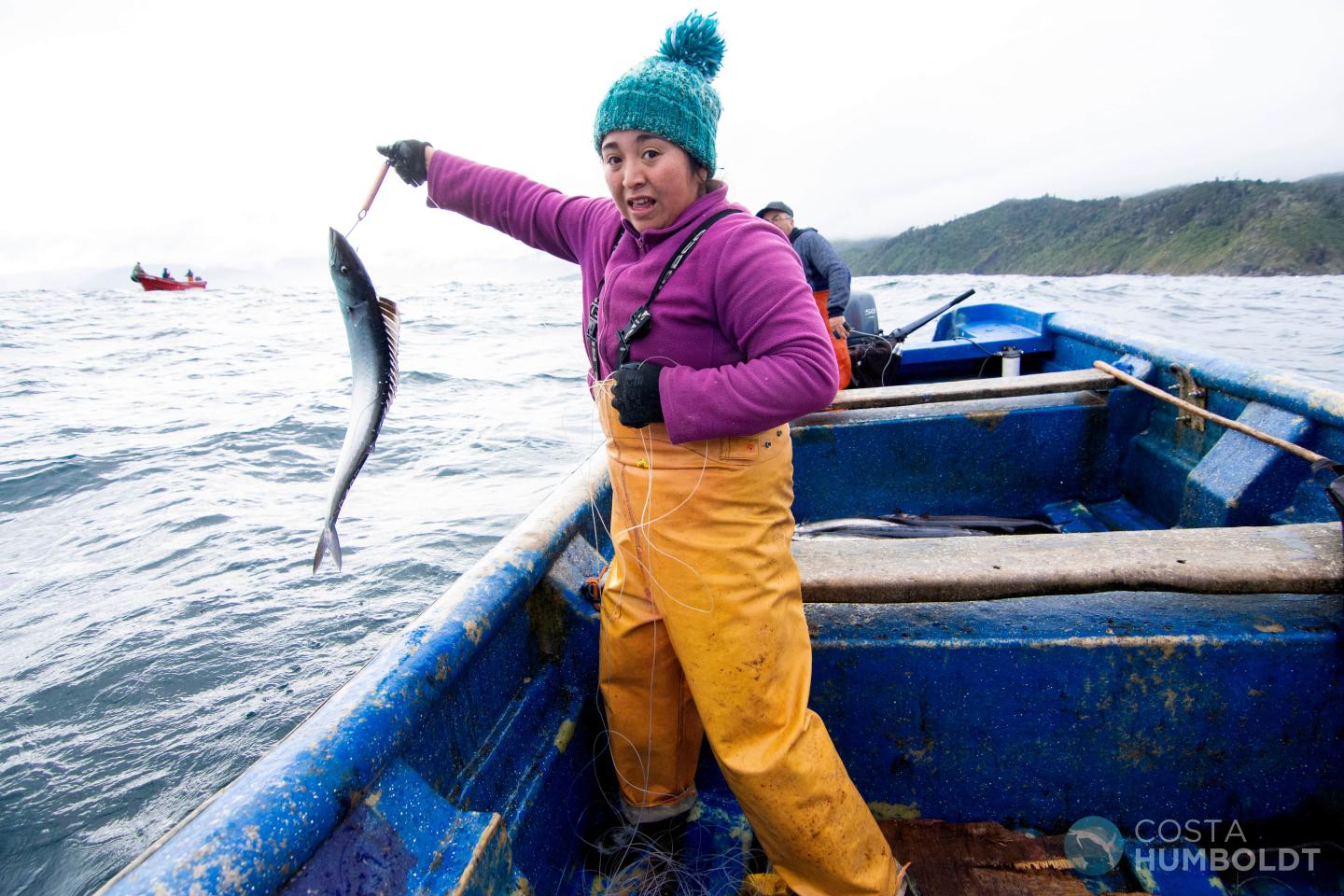
In northern Peru, catches are declining due to warming waters. (Luciano Hiriart-Bertrand)
Philippines: Mussel power
In the biodiverse waters of the Philippines, locally harvested seafood is mostly sold in local markets, nourishing local people.
As climate change upends coastal ecosystems, communities like Cabalian Bay are exploring new ways to draw benefits from the sea.
Working with EDF scientists, coastal residents have begun farming mussels and seaweed that can capture and store carbon while providing food and livelihoods.
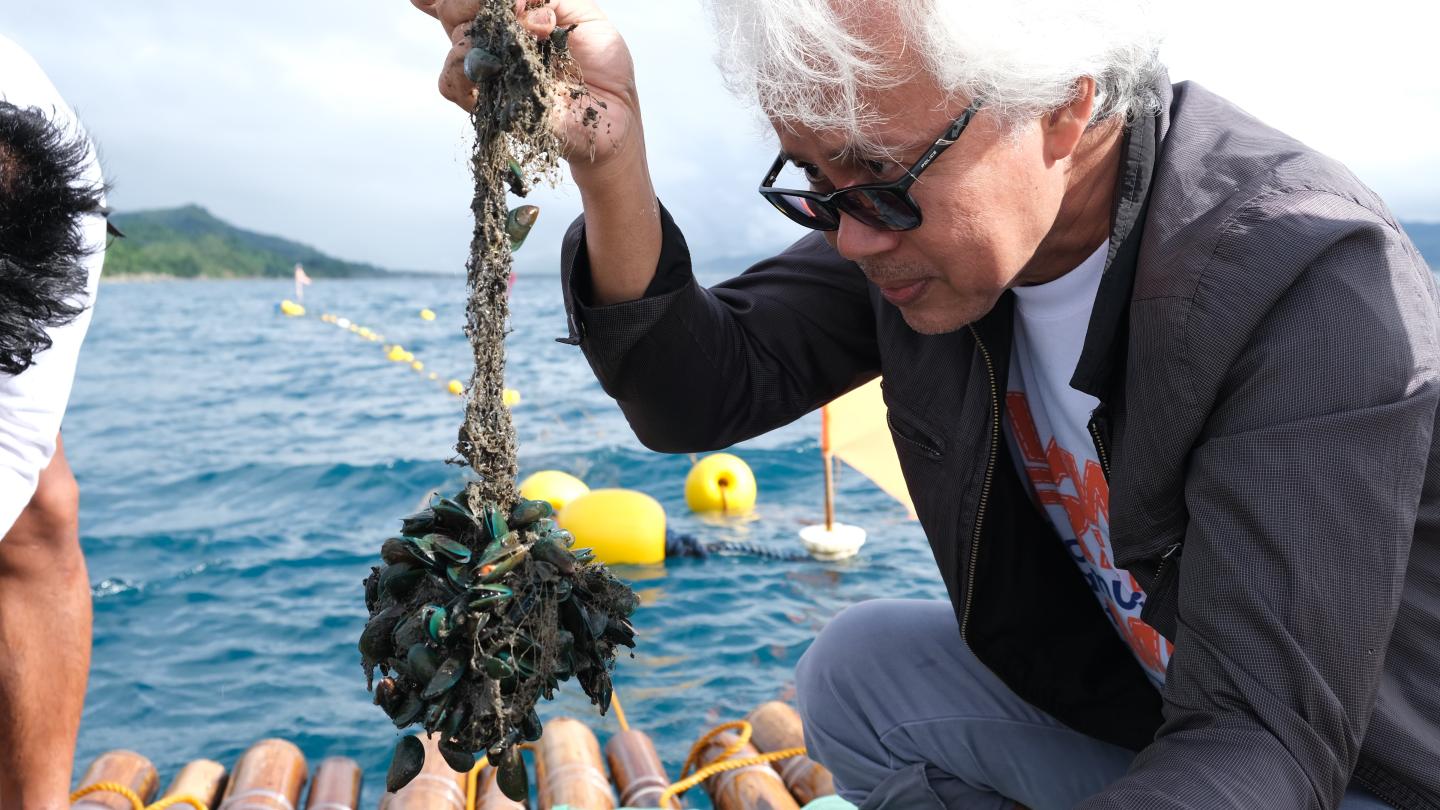
Environmental Defense Fund is working with a community in Cabalian Bay to demonstrate a sustainable model for regenerative aquaculture, which stores carbon while providing food and livelihoods. (Courtesy of EDF Indonesia)
United States: Share and share alike
In the U.S., the majority of fish stocks in federal waters are on a path to recovery.
Fisheries experts credit the reduction of overfishing to an innovation known as catch shares. Under a catch-shares program, regulators assign fishers a share of the total allowable catch.
These shares carry forward into future years, giving fishers a stake in managing stocks for the long-term. Science-based limits maintain the health of populations and ensure the viability of fishing as a profession.
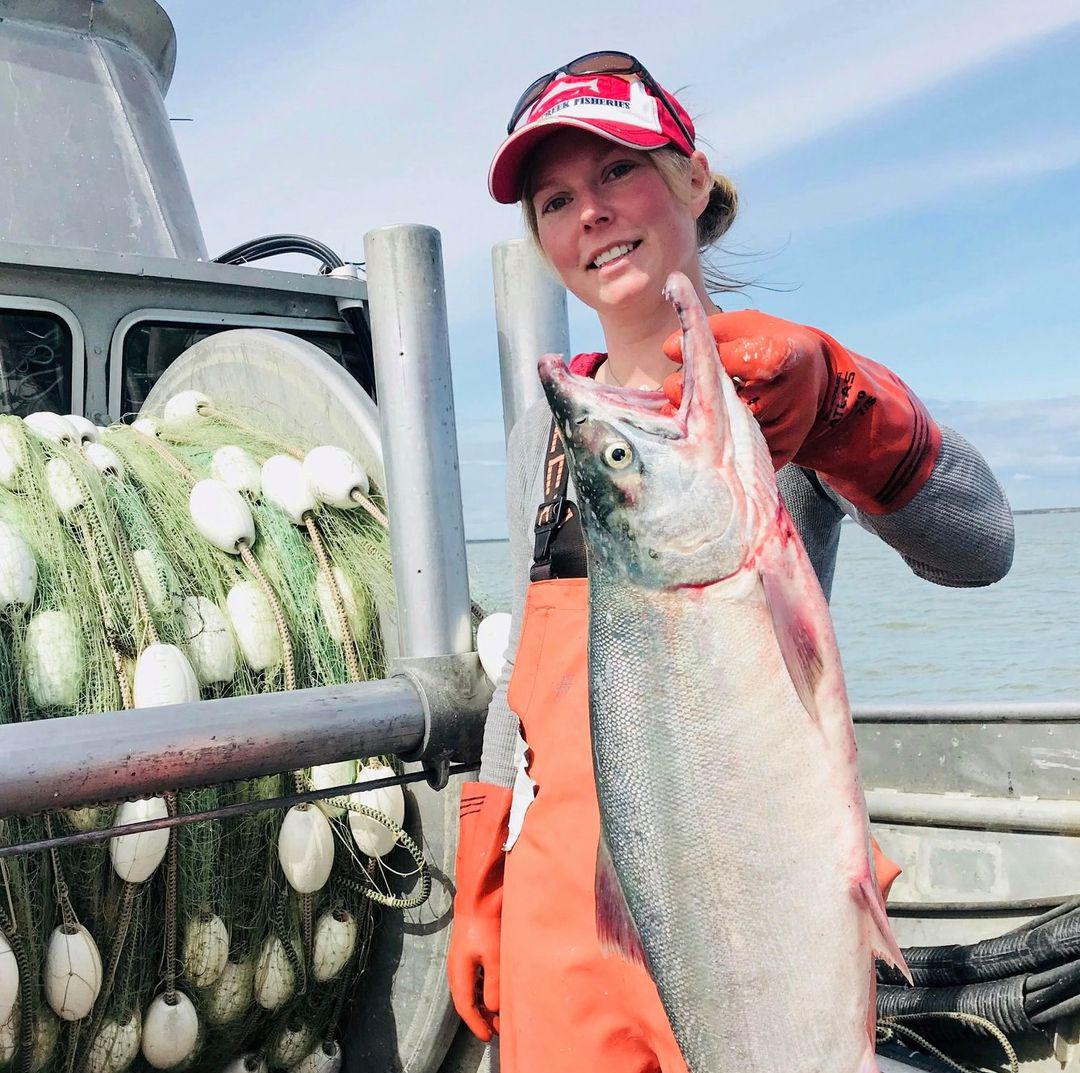
In Alaska, the livelihoods of fishers like Katherine Carscallen depend on healthy stocks of sockeye salmon. (Courtesy Katherine Carscallen)
Cuba: A bright spot for coral
Coral reefs all over the world are suffering as a result of warmer ocean temperatures, which are leading to coral bleaching and biodiversity loss. Cuba is a bright spot for coral; the island’s waters are home to four of the world’s most climate-resilient reefs.
Earlier this year, a team of Cuban marine science experts completed a first-of-its-kind circumnavigation of the Caribbean’s largest island that could advance scientists’ understanding of the Cuban reefs’ resilience to climate change — information that could potentially benefit other coral reef systems.
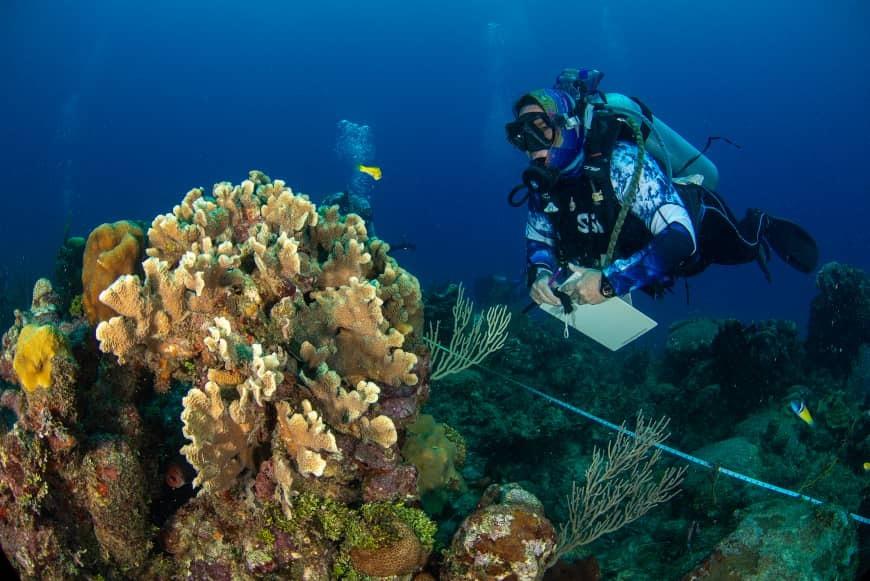
Marine biologist Patricia González assesses coral health off the coast of Cuba, where rising temperatures are making it harder for coral and other marine animals to thrive and survive. (Noel López Fernández/EDF Cuba)
Indonesia: Making more with less
In the village of Kuala Teladas, Indonesia, local women use the fat of blue swimming crabs — which was previously discarded — to develop products such as crackers and other snacks. In a region where more than one in four children under 5 years suffers from stunted growth, primarily due to chronic malnutrition, these highly nutritious foods help to fight impaired growth and development.
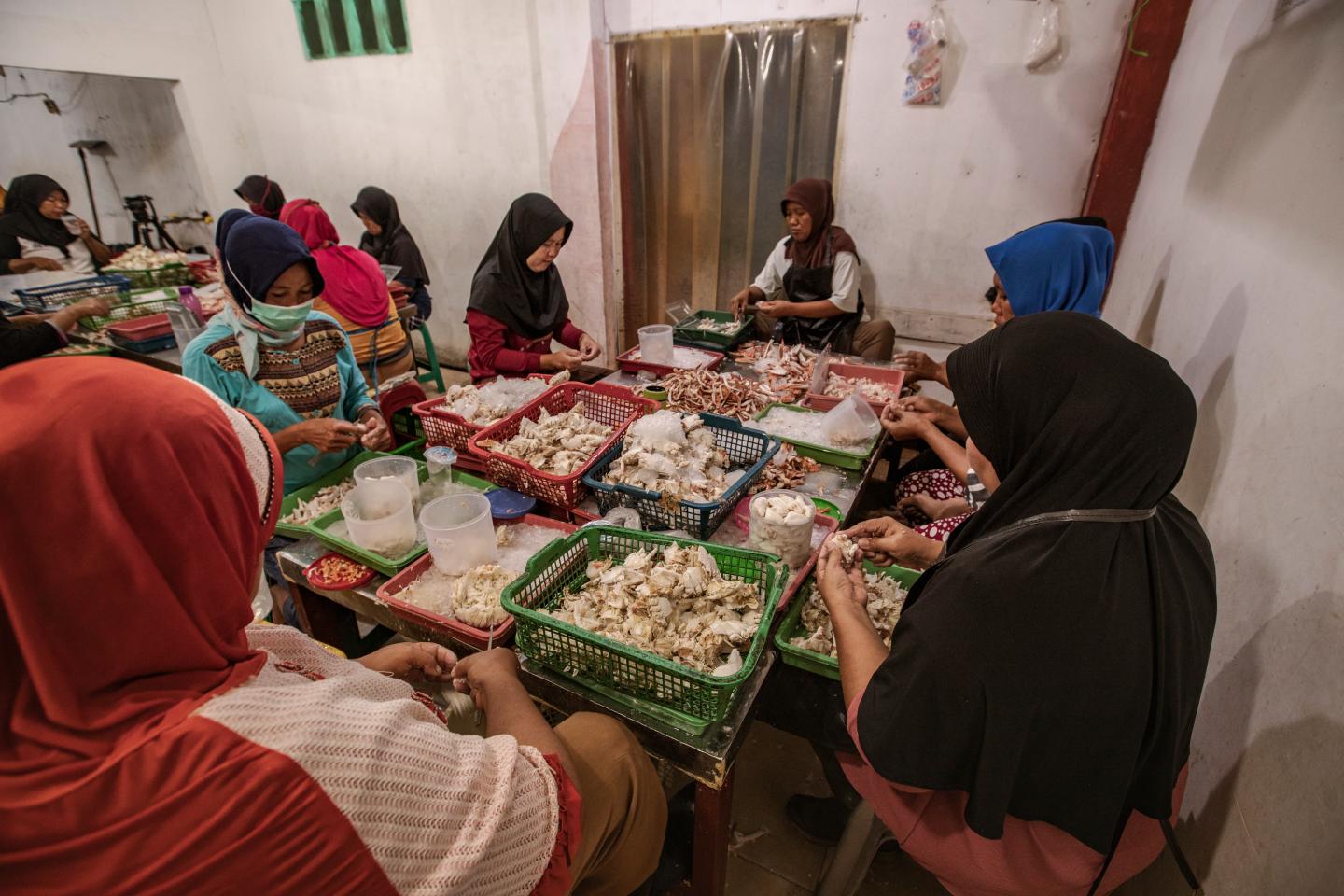
The Pendawi women’s group uses the fat of blue swimming crabs to make highly nutritious crackers and other snacks. (Courtesy EDF Indonesia)

